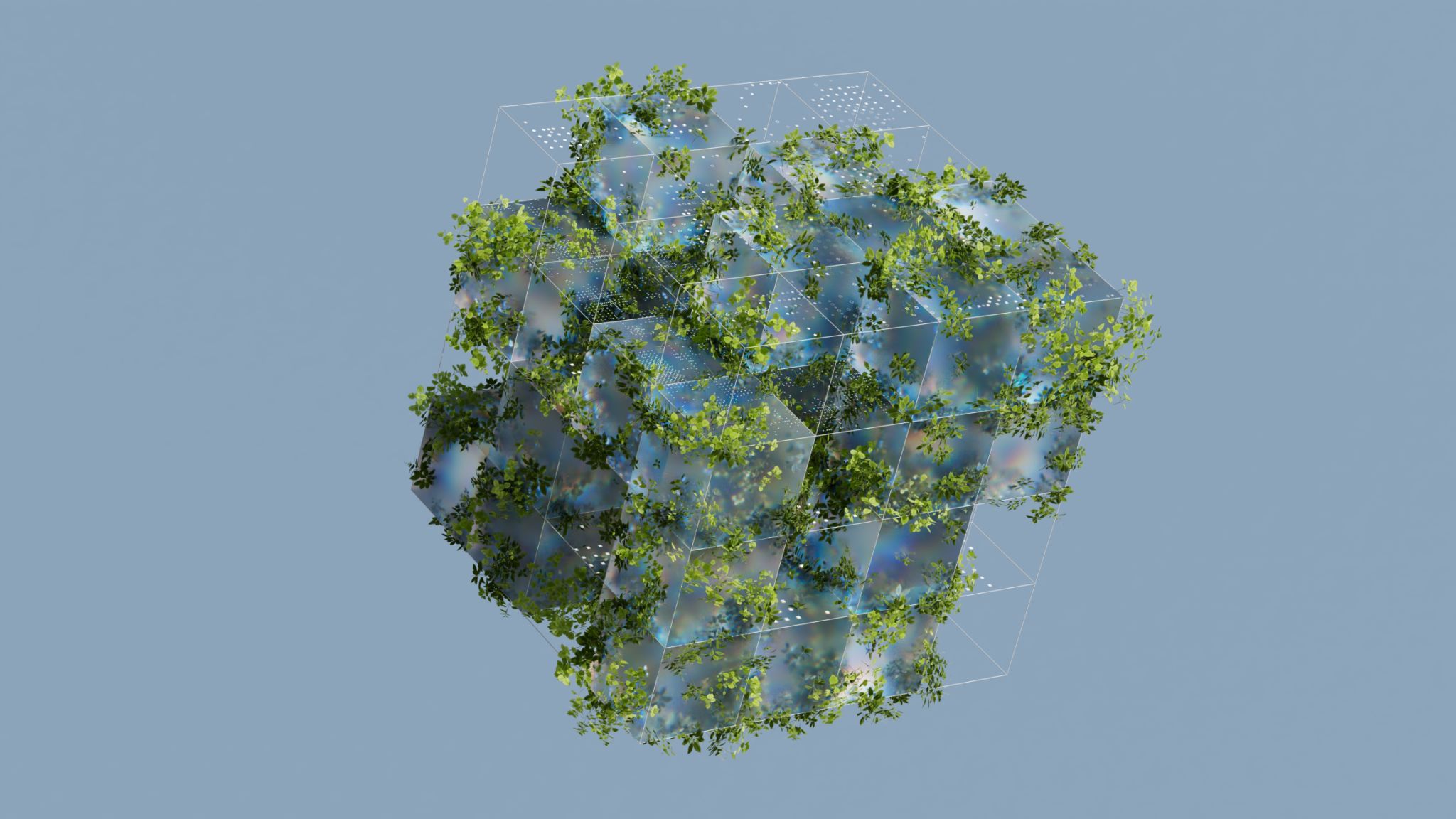Integrating AI with Natural Landscapes: Best Practices and Insights
Understanding AI's Role in Natural Landscapes
The integration of Artificial Intelligence (AI) with natural landscapes is a burgeoning field that offers promising solutions for environmental conservation and sustainable development. By leveraging AI technologies, we can enhance our understanding of ecosystems, monitor environmental changes, and foster sustainable interactions with our natural surroundings. This synergy is not just about technology; it's about creating a balance between innovation and nature.

Benefits of Integrating AI with Natural Landscapes
AI technologies offer several benefits when integrated with natural landscapes. One significant advantage is the ability to collect and analyze vast amounts of ecological data efficiently. This data-driven approach enables environmentalists and researchers to monitor biodiversity, track wildlife movements, and detect changes in vegetation patterns with unprecedented accuracy.
Moreover, AI can aid in predicting environmental phenomena such as wildfires, floods, and droughts. These predictive capabilities help in developing proactive measures to mitigate adverse effects on ecosystems and human communities. By enabling precise monitoring and forecasting, AI contributes to more effective conservation strategies.
Best Practices for Successful Integration
To ensure successful integration of AI with natural landscapes, several best practices should be followed. Firstly, it is crucial to involve local communities and stakeholders in the planning and implementation processes. Their insights and knowledge about the landscape are invaluable in tailoring AI solutions that are practical and culturally sensitive.
Secondly, transparent data management practices must be established to ensure the ethical use of AI technologies. This includes obtaining informed consent from local populations when collecting data and ensuring that privacy is maintained. Data should be used responsibly to benefit both the environment and the communities that rely on it.

Challenges and Considerations
While the integration of AI with natural landscapes holds great promise, it also presents unique challenges. One major concern is the potential for technology to disrupt natural habitats if not carefully managed. It is essential to design AI systems that minimize ecological footprints and do not intrude excessively into wildlife territories.
Another critical consideration is ensuring equitable access to AI technologies. Often, resource-rich regions or countries have more access to advanced technologies, while marginalized communities may be left behind. Efforts should be made to democratize access to AI solutions so that all communities can benefit from advancements in environmental monitoring and management.
Insights from Successful Implementations
Several successful implementations of AI in natural landscapes provide valuable insights into best practices. For instance, AI-powered drones have been used effectively to monitor deforestation in the Amazon rainforest. These drones provide real-time data that helps authorities take swift action against illegal logging activities.

Similarly, AI algorithms are being utilized to analyze satellite imagery, providing detailed insights into land use changes and helping in urban planning efforts that consider ecological impacts. These implementations demonstrate how technology can be harnessed for environmental preservation while supporting human development.
The Future of AI in Natural Landscapes
The future of integrating AI with natural landscapes is filled with potential. As technology continues to evolve, new opportunities will arise for enhancing our understanding of the environment and our ability to protect it. Emerging technologies like machine learning and neural networks promise even more sophisticated analysis and predictions.
Ultimately, the goal is to create a harmonious relationship between technology and nature, where AI acts as a tool for sustainable coexistence. By following best practices and addressing challenges thoughtfully, we can pave the way for a future where both ecosystems and technology flourish hand in hand.